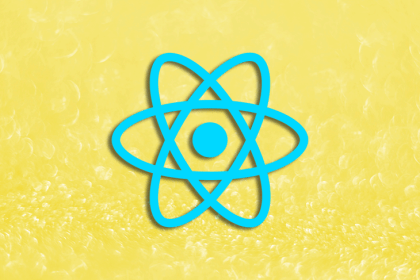
Learn how to implement a typo-friendly search component in your React app using a simple API.
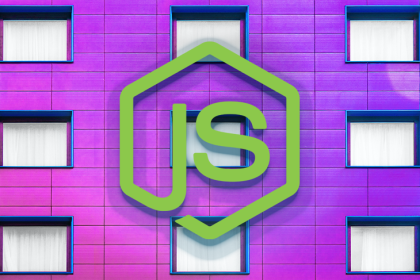
Here, we demonstrate how to use the Square Node.js SDK to easily integrate credit card processing functionality into an application.
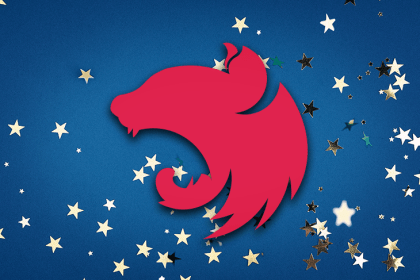
Speed up data loading in your NestJS apps with DataLoader, a generic utility with an API that provides batching and caching functionality.
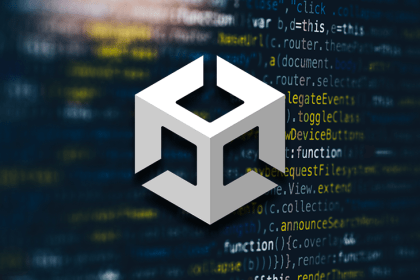
PlayerPrefsWith Unity’s PlayerPrefs class, you can have an easy-to-use interface that allows you to start persisting some data!
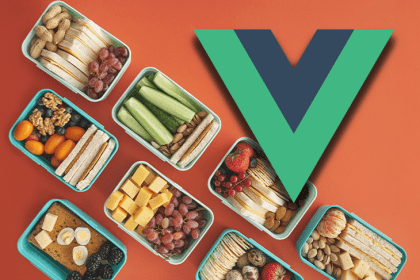
In this article, we introduce the core concepts of Lunchbox.js and demonstrate how to use this tool to create 3D visuals in Vue.
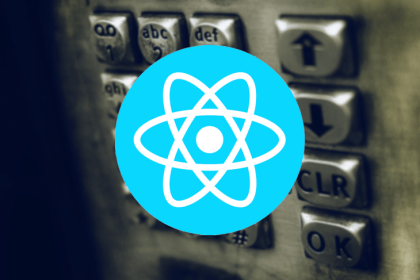
OTPs can be a daunting task because of the TextInput required. We can split the display to create one box for each OTP digit.
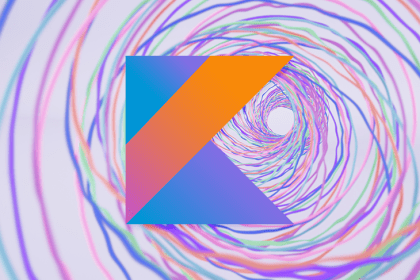
Here’s a look at how declaring static classes can be achieved in Kotlin and the benefits of it with respect to code reusability.
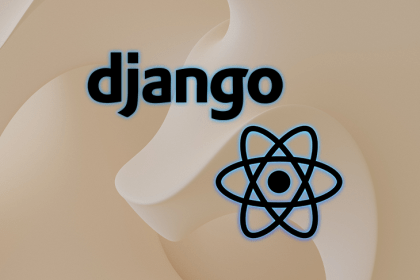
Learn how to integrate React with Django, create a simple CRUD API with the Django REST framework free from common CORS issues, and more.
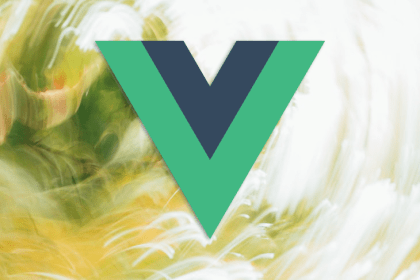
Build an example comments section in Vue to explore how recursive components can easily nest data.
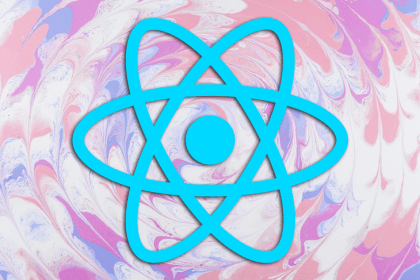
Reach more users on the go by turning your app into a PWA with service workers and Create React App.
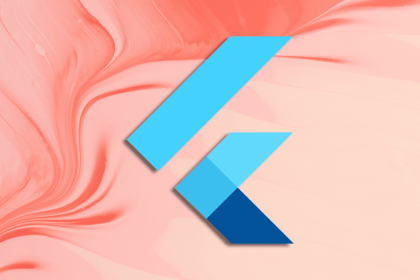
Learn how to build a responsive login page for your application with Flutter’s many widgets and classes.
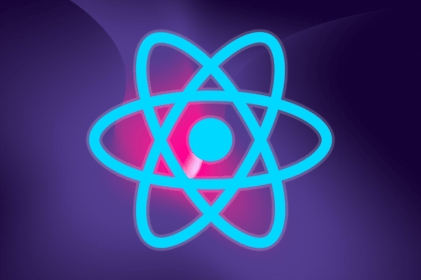
When an app tries to handle too much data in a list, it often leads to performance problems. Explore five methods to simplify list rendering in React.